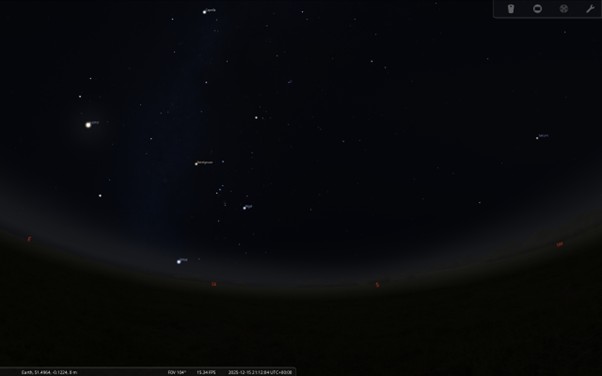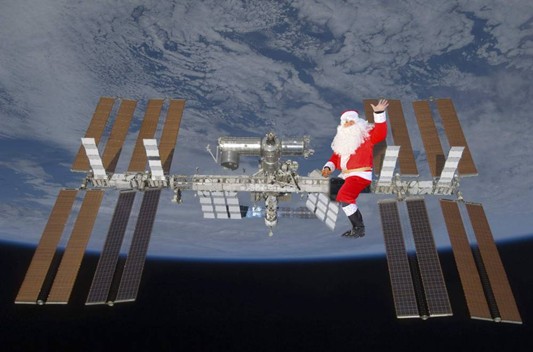What's Up December 2025
The long winter nights are here, and while most people head indoors, stargazers know this is the best time to look up. December brings some of the brightest treats of the year, from the Geminid meteor shower to the return of Orion, shimmering planets, and even a Cold Supermoon.
There’s plenty to unwrap in the night sky this festive season…
Image credit: Sky & Telescope
The long dark winter nights are closing in and while some may recoil indoors, star gazers rejoice as this brings more opportunities to connect with the night sky. There’s plenty to see on the run up to Christmas with many gifts from the universe on display. Let’s take a look at what to expect this festive season.
Meteor Showers
For an early Christmas treat the Geminid meteor shower peaks on December 13th-14th and is considered one of the best meteor showers of the year due to their high frequency coupled with dark winter skies. This shower occurs when Earth intersects the dust cloud left by the asteroid 3200 Phaethon and, unlike most other meteor showers, this event originates from an asteroid rather than a comet. Observers can expect to see up to 120 meteors per hour appearing to radiate from the constellation Gemini.

Image Credit: Sky and Telescope
Constellation spotlight: Orion

Image Credit: Sky and Telescope
The constellation of Orion is a spectacular sight at this time of year, a classic and prominent set of stars visible during winter in the northern hemisphere. Named after a hunter in ancient Greek mythology, it’s reappearance at this time reminds us the long nights are closing in while the skies come alive.
Planets
Visible to the naked eye and amazing in appearance through a small telescope, or even binoculars, are the gas giants Jupiter and Saturn (positions in the sky during a mid-December evening shown below).

Screenshot: Stellarium
Moon
On December 4th we have a ‘Cold Supermoon’ which will appear larger and brighter than usual due to its proximity to Earth. The description of ‘cold’ refers to a full moon occurring at the coldest time of the year, typically in December. This marks the last supermoon until November 2026.

Image credit: Space.com
International Space Station

Image credit: Space.com
If you look skyward beginning in the west and moving south low on the horizon commencing 17.22pm December 4th you will be treated with a glimpse of the International Space Station, aka Santa, delivering the latest astronomical goodies we’ve all been waiting for!
We wish you a Merry Christmas, a Happy New Year and very clear skies!
















